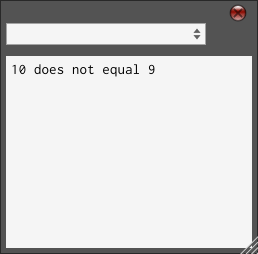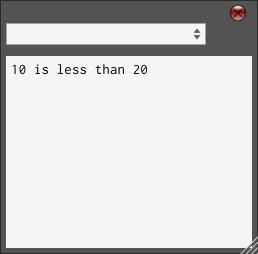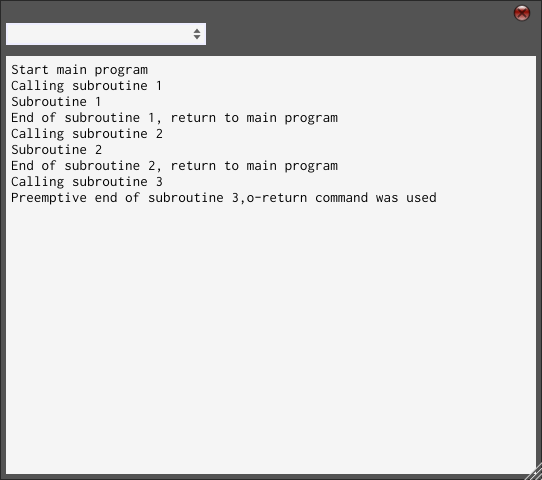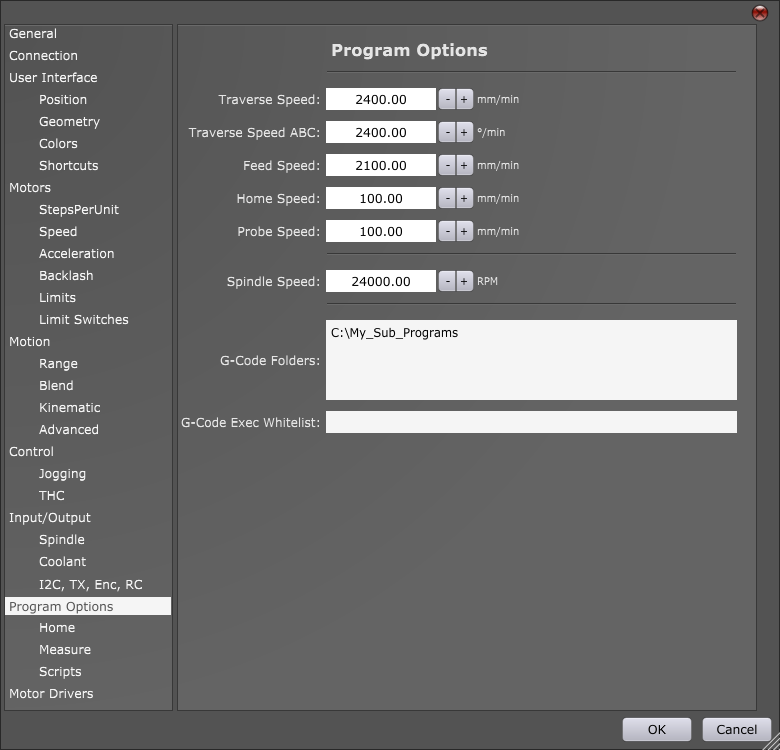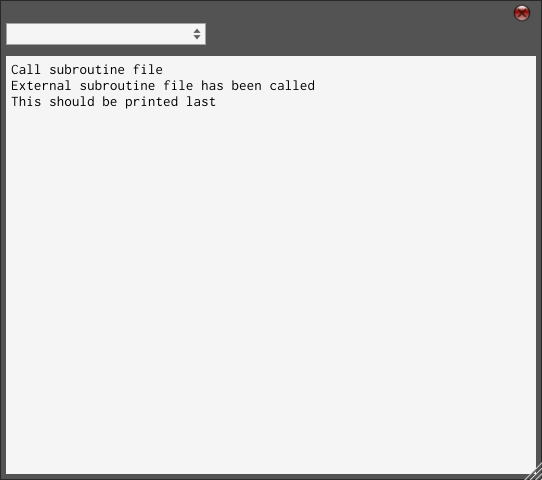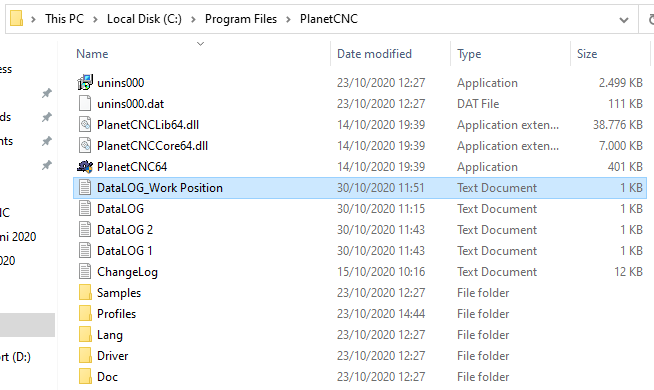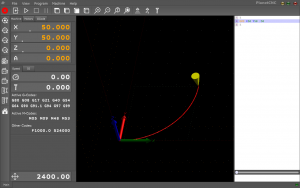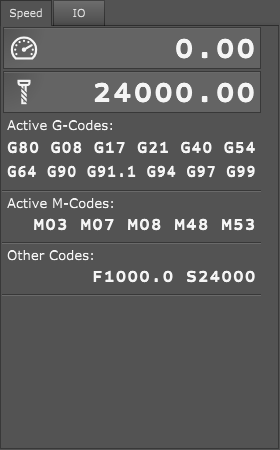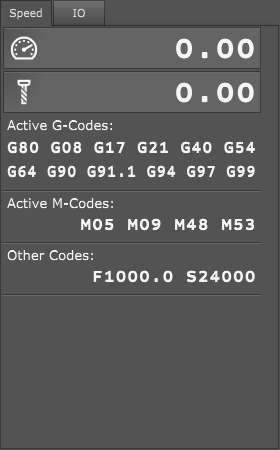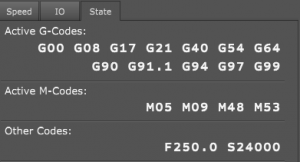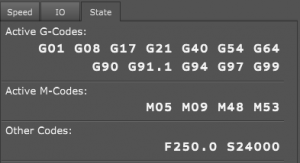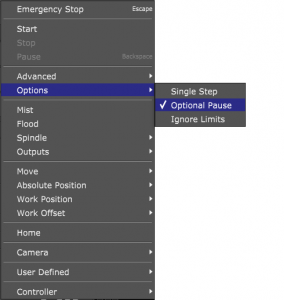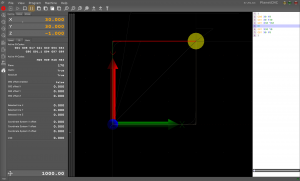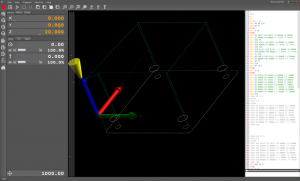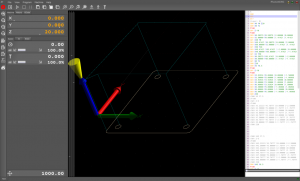Using o-words with PlanetCNC TNG software: Loop blocks
You can use loop o-words with PlanetCNC TNG.
Sometimes you need to execute line(s) of g-code in a loop while evaluating specific condition. When condition evaluates to false, program will exit loop. This comes useful for e.g. repetitive motion sequences, parameter manipulation etc…
O-word loop commands consist of:
O-do – Begin loop block
O-while – End loop block [or condition evaluation]
O-endwhile – End loop block
O-break – Exit loop block immediately
O-continue – Skip to next condition evaluation of the while condition
You can use two types of loops: While – Endwhile or Do – While.
While – Endwhile:
Evaluates condition on the beginning of loop and then executes the lines of code inside the loop.
Do – While:
First executes the lines of code inside the loop and then evaluates condition at the end of loop.
Example of Do – While loop:
% #1 = 1 o100 do (print, #1) #1 = [#1+1] o100 while[#1 LE 10] (print,loop finished) %
The content of the loop will repeat for as long as while condition at the end will remain true. Which means that as soon as parameter #1 exceeds value of 10, program will exit the loop and print
loop finished
Example of While – Endwhile loop:
% #1 = 1 o100 while [#1 LE 10] (print, #1) #1 = [#1+1] o100 endwhile (print,loop finished) %
The content of the loop will repeat for as long as while condition at the beginning will remain true. Which means that as soon as parameter #1 exceeds value of 10, program will exit the loop and print
loop finished
Example of break used in a Do – While loop:
% #<A> = [2**0] #<B> = 0 #1 = 0 o100 do (print, #1) #1 = [#1+1] G04 P1 o200 if [AND[#<A>, #<_hw_input>]] #<B> = 1 o100 break o200 endif o100 while[#1 LE 10] o300 if [#<B> EQ 0] (print,loop finished) o300 else (print,preemptive loop break) o300 endif %
The content of the loop will repeat for as long as input 1 of controller is not active and while condition at the end remains true. Which means that as long as input 1 remains un-active, counter will count to 10 and program will exit the loop normally and print:
loop finished
As soon as input becomes active during counting, program will exit loop and print:
preemptive loop break


